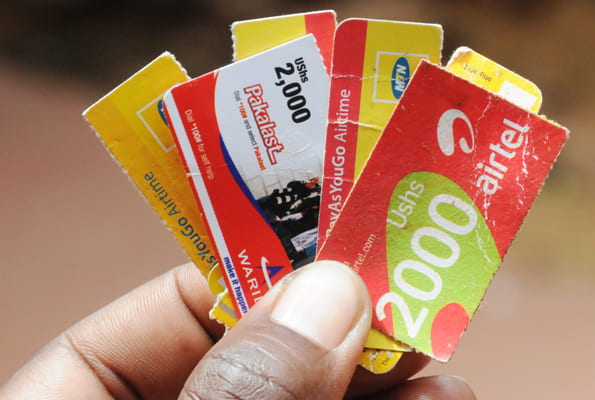In a new CHI 2024 paper titled “Air/time Travel: Rethinking Appropriation in Global HCI and Futures of Electronic Exchange,” we study technology transformations in Africa and other parts of the Majority World [1] (preprint here). We foreground an earlier informal practice of airtime exchange, where people ingeniously traded airtime (phone credits) for cash. In the late 90s, local communities in countries including Botswana, Uganda, and Tanzania used airtime vouchers to transfer value from one phone to another. Yet it’s not uncommon to hear claims that the transition from [informal] airtime exchange to [formal] mobile money was inevitable. These claims, often unchallenged in technology, policy, and global development circles, seem to suggest that mobile money, since the first large-scale implementation in Kenya in 2007, was the natural progression from undesirable cash-based economies to seamless cashlessness. This is potentially misleading. We suggest that mobile money’s development was one set of possibilities against many others.
We draw on “appropriation” to better account for the transformation from informal airtime exchange to commoditized mobile money. We suggest that airtime exchange is a form of appropriation, which in HCI is defined as an unexpected alteration to a thing. Subscribers and local communities altered airtime when they extended its use beyond calling and texting to a form of “currency”. Appropriation, as per the Oxford dictionary, means “taking something without permission”. This definition is consistent with the definition in HCI. People and organizations take (without permission) from each other. Who gains? At whose expense?
Throughout the paper, we show that there was a series of “appropriations” not only performed by subscribers/users but also by telcos and other actors (we were surprised that telcos in Africa appropriated GSM technology from European markets!). The paper’s central contribution, therefore, is an analytical tool we’re calling the “appropriation matrix” that can be used to better understand technology transformations (with their world-disclosing properties). The appropriation matrix is animated by three key elements — users, artifacts, and imaginaries, which unexpectedly switch between production and consumption. Accordingly, the appropriation matrix has three discrete but often overlapping vectors: in the first vector, telcos appropriated GSM; in the second vector, local communities re-appropriated GSM to use airtime as a currency; in the third vector, telcos reverse-appropriated airtime exchange into mobile money.
![[Table showing the elements of appropriation -- users, artifacts, imaginaries -- in their respective vectors (appropriation, re-appropriation, reverse-appropriation)]{This is a 3x3 matrix table, with nine cells in total. The first row has `users'; the second row, `artifacts'; and the third row, `imaginaries.' The first column represents `appropriation'; the second, `re-appropriation'' and third, `reverse-appropriation.' In the first cell (top left) is dark green text that is underscored by the concept of consumption. The users in that cell include telcos, governments, and development actors. This is the only cell color-coded dark green. The rest of the cells in the first row are navy blue, a color that underscores `production.' All elements of the second row are dark red, a color that underscores `accomplishment.' All elements of the third row are navy blue. The analytical substrate -- i.e., production accomplishment consumption -- is only a color-coded legend (vertically aligned at the left-hand side), explained in this table's caption.}](https://rc.infosci.cornell.edu/files/2024/04/Appropriation-matrix-6418ef9153674661.jpg)
Note:
[1] Mwesigwa, D. & Csikszentmihalyi, C. 2024, forthcoming. Air/time Travel: Rethinking Appropriation and Futures of Electronic Exchange, In Proceedings of the 2024 CHI Conference on Human Factors in Computing Systems, ACM.
This paper will be presented virtually at the ACM CHI 2024 conference scheduled for May 11 – 16, 2024 in Honolulu, Hawai’i. Please find the preprint here.
